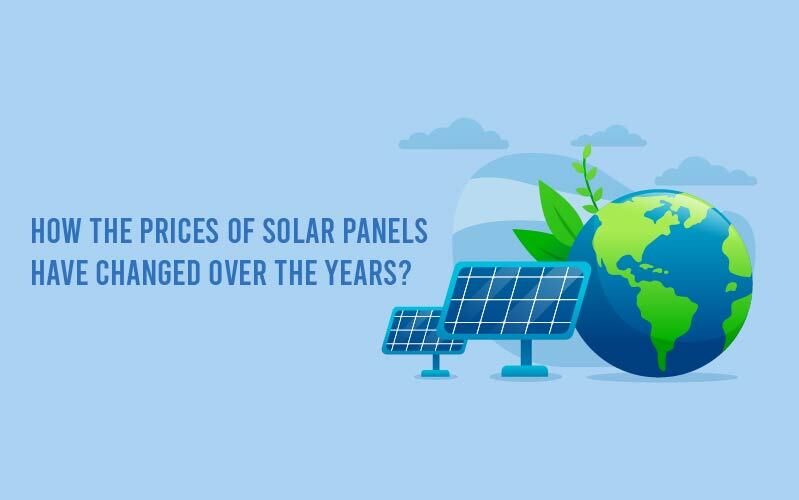If we go ten years back in time and buy a solar panel for ourselves, it will cost us around ₹200 per watt. But, today, things have changed, we can get a solar panel at a price as low as ₹30 per watt.
Solar power technology has been around for a lot longer than many realize. Throughout its development, the technology has seen countless transformations with increased increments of efficiency and eventually a drop in prices that made it available for residential and commercial use.
So, how the prices of solar panels have changed over the years?
Here is how,
Advances in Solar Technology
Solar power was earlier generated only by means of ground-mounted or rooftop panels. But thanks to the introduction of many new solar technologies such as low-cost manufacturing process, solar coatings and skins, building-integrated photovoltaics, thermal insulation, and so forth, solar is set to become lighter, more flexible, and applicable everywhere. In fact, all these developments in solar technology have made the prices to decrease.
Moreover, there are also other innovative residential solar technologies in development or currently being rolled out in 2020. And the most promising is the Perovskite solar cells, which could soon be used to create solar paint.
Remunerative Solar Incentives & Subsidies
The governments of different countries have played a pivotal role in taking down the prices of solar through several incentives for going solar. These kinds of incentives have encouraged people to invest in the solar sector, which has eventually led to the lowering of the total cost involved.
Currently, The Ministry of New and Renewable Energy (MNRE) offers a subsidy of 40% for solar panel systems up to 3kW. If the system is greater than 3 kW, then the first 3 kW is subsidised to 40% and the rest is subsidised by 20%, but only up to 10kW. If the system is bigger than 10 kW, the first 3 kW would be subsidised for 40% and the 7kW for 20% and the rest of the system would not be subsidised. The subsidy for an 11 kW setup would be the same as that of a 10 kW setup as there is no subsidy above 10kW.
Additionally, individual states’ SNA(State Nodal Agencies) have also started offering solar subsidies to homeowners. This is above the subsidy being offered by MNRE, making it even cheaper for people to afford solar power.
Solar as an Alternate Energy Source & an Investment
There are no doubts that we are on a brink of exhausting our present conventional sources of energy. In such an appalling condition, solar energy offers itself as a saviour. It is present in abundance and is a clean and free source of energy. This has led countries to turn their heads to solar energy as an alternative energy source, which eventually has brought up more investment in the solar sector. And hence, the prices of the panel systems have decreased.
Yet another benefit of solar energy is that, with a solar power system, one can save off the utility bills. It works as a long-term investment as with grid-tied solar panel systemS, you can sell the surplus energy to the grid and earn money with your home-grown energy.
With increasing awareness of solar energy and need of it, more than ever, it is likely that prices will continue to nosedive. And, in the near future, every household will have access the smart, free and clean solar energy.
Do give our blog a read for all your solar-related questions. You can also check out other interesting updates on solar on our Facebook page (facebook.com/zunroof)
Reach out to us by filling the form below:

